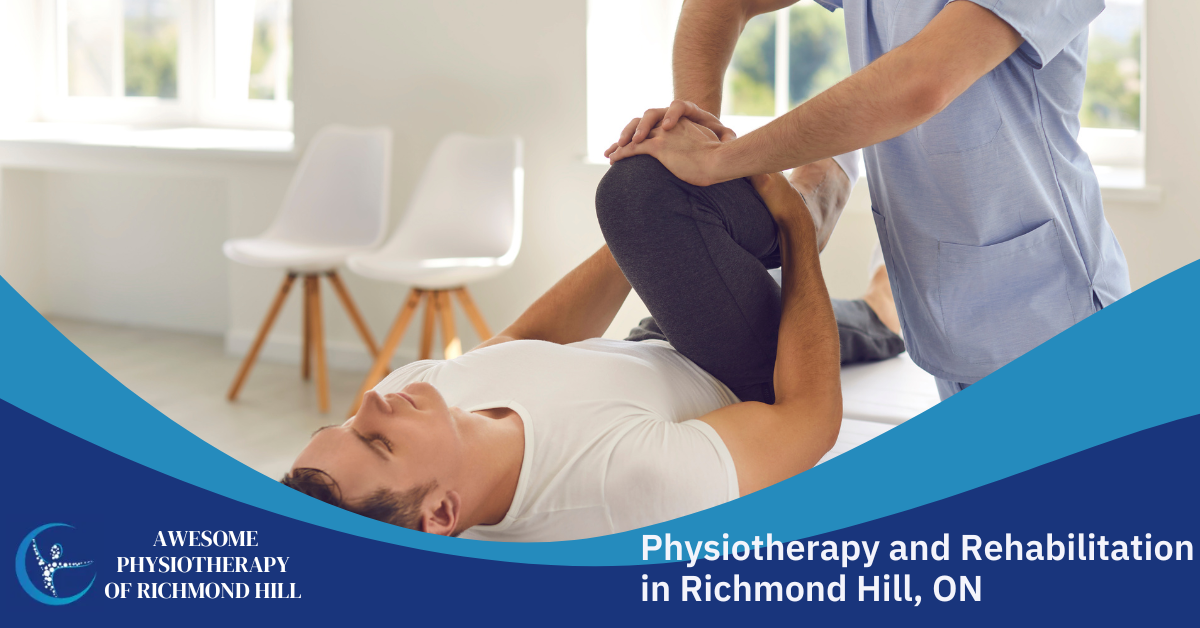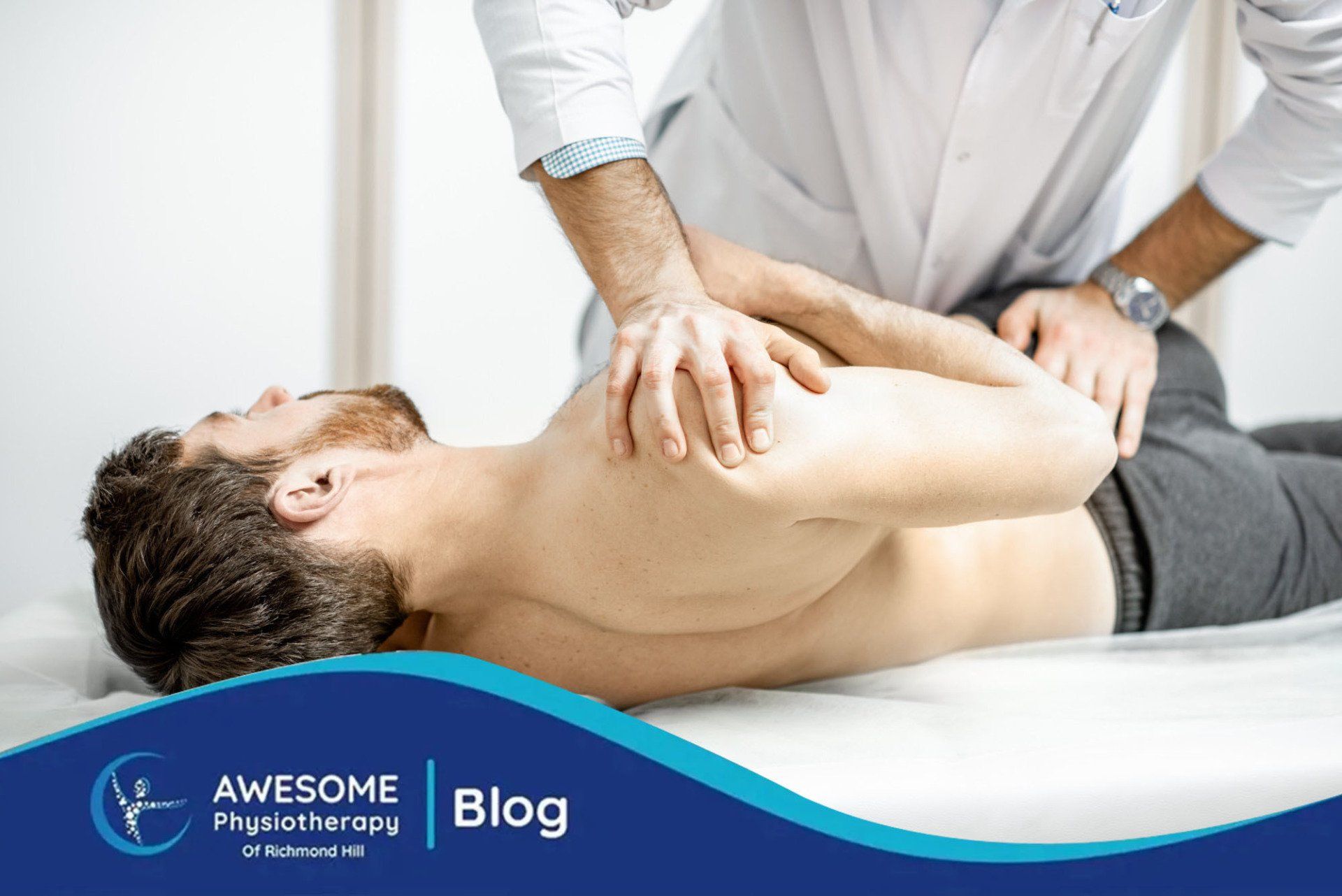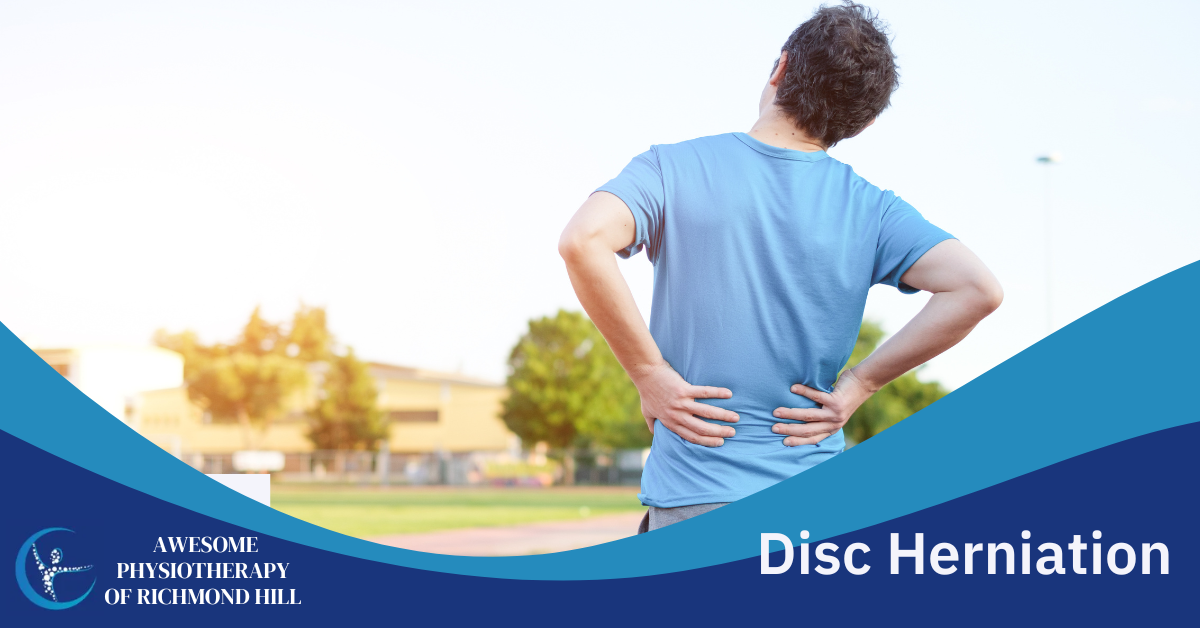Deep Tissue & Swedish Massage: What Are the Differences?
Deep tissue massage can sometimes be mistaken for Swedish massage, but they are very different. The main differences between deep tissue and Swedish massage have been shown below:
Deep Tissue & Swedish Massage
Deep tissue and Swedish massage are two common forms of therapeutic bodywork. Deep tissue is a form of bodywork that focuses on the deep layers of muscle and connective tissue, also known as fascia. It is a more specific type of massage suited for individuals with more severe concerns such as chronic pain or injuries.
Swedish massage involves long, slow strokes through the skin layers to release muscle tension and pain.
There are many significant differences between the two massage techniques. These are some key differences given below:
Method
Swedish massage is a light, long stroke that eases surface tension and stimulates circulation in the muscles.
Deep tissue massages may include more forceful strokes, similar to Swedish Massage. Still, massage therapists will apply them deeper into a muscle or tissue combos for an even greater release on any knots or stress placed there by daily activities such as driving your car around town all day at work.
The Primary Application
They vary in their intended uses.
Swedish massage is a popular choice for those who want to feel rejuvenated. The light-to-moderate pressure will relieve stress and tension in muscles without leaving you feeling like your masseuse is beating on you while also being able to provide relief from aches due to an extensive workday or just regular use around the house.
For those who are looking to release tension and find relief from aches, deep tissue massage is a perfect solution. Deep muscle massages will help in recovery after strains or sprains and provide relaxation for your muscles if you're experiencing stress on top of that!
Pressure
The degree of pressure used by the therapist also varies between massage types.
Swedish massage is a style of massage that varies in pressure. The strokes used by the massage therapist will depend on their preference and skill level. Still, generally speaking, light-to-firm pressure provides more relaxation for most people than heavy muscle contractions would be able to do alone.
Deep tissue massage therapy is a massage where the therapist uses deep pressure to release tension and stress. This may be too strong for some people who want a relaxing session, so you must communicate with your provider before getting one!
All About Swedish Massage
Swedish massage uses five basic strokes that are:
- Friction: Friction strokes are short, fast movements that create heat as your hands or fingers rub against the body. This increased blood flow in that area will help promote relaxation and ease any tension you might be feeling.
- Vibration: Vibration can be a very effective way to release tension and stress. It involves rapid, superficial movements of the fingertips or palms performed by therapists who have learned how it feels best for their clients' bodies. If this technique is done correctly, many people find themselves relaxing from head to toe after just one session!
- Petrissage: It is a massage technique that uses squeezing and lifting motions to help release tension. The massage therapist will usually use their hands to create these motions, though they might also use their forearms or elbows in some cases.
- Tapotement: This massage therapy technique involves rapid, repetitive striking blocks performed with the hands or feet. The therapist will use these to apply pressure and stretch the muscles across many parts of your body!
- Effleurage: This movement involves long strokes where applying light pressure as they move along your body. They're often used to help reduce pain and remove toxins from your body, but there's no doubt that they're a very effective way to relax the whole body.
Swedish massage may also be beneficial for people with circulatory issues. A study found that a 4-week course of weekly Swedish massages sessions reduced heart rate and blood pressure in women with high blood pressure, which is often caused by aneurysms or other sources not related to exercise!
Al About Deep Tissue
Deep tissue massage is an excellent way to release tension and pain in your muscles. The therapist applies slow, forceful strokes that help them cut through the deeper muscle fiber layers, where knots are most often found to relieve aches all over!
This treatment aims to realign the muscles and release chronic muscle tension from ailments or injuries.
Deep tissue massages are an excellent way to reduce stress and tension in your body. It can be slightly uncomfortable at times. But deep-tissue work should not cause pain! If you're experiencing any discomfort during the session, it's likely because there was too much pressure applied for one muscle group or skin area. Try working on different parts until a knot releases itself without being painful.
Deep tissue massage is a great way to release chronic muscle tension and promote the correct positioning of your spine. People with structural abnormalities in their spines or recovering from injury often find this form beneficial, especially for reducing pain caused by overly tight muscles.
Massage Therapist in Richmond Hill, ON
At Awesome Physiotherapy of Richmond Hill, we offer many types of massage therapy for our clients. If you're looking to get relief from chronic pain or tight and sore muscles, then deep tissue massage may be the best option for you. Swedish Massage is also beneficial in easing tension and stress but has more therapeutic benefits than Deep Tissue Massage, primarily focusing on relieving deeper muscle knots. Both types of massages can be used as complementary therapies alongside other treatment options such as physiotherapy exercises, chiropractic adjustments, and acupuncture therapy to help maintain your health while recovering from an injury or illness. Contact us today at (289) 207-5186 to book your appointment!



How Physiotherapy Can Help You Recover Faster: A Guide to Physiotherapy Centers In Richmond Hill, ON







